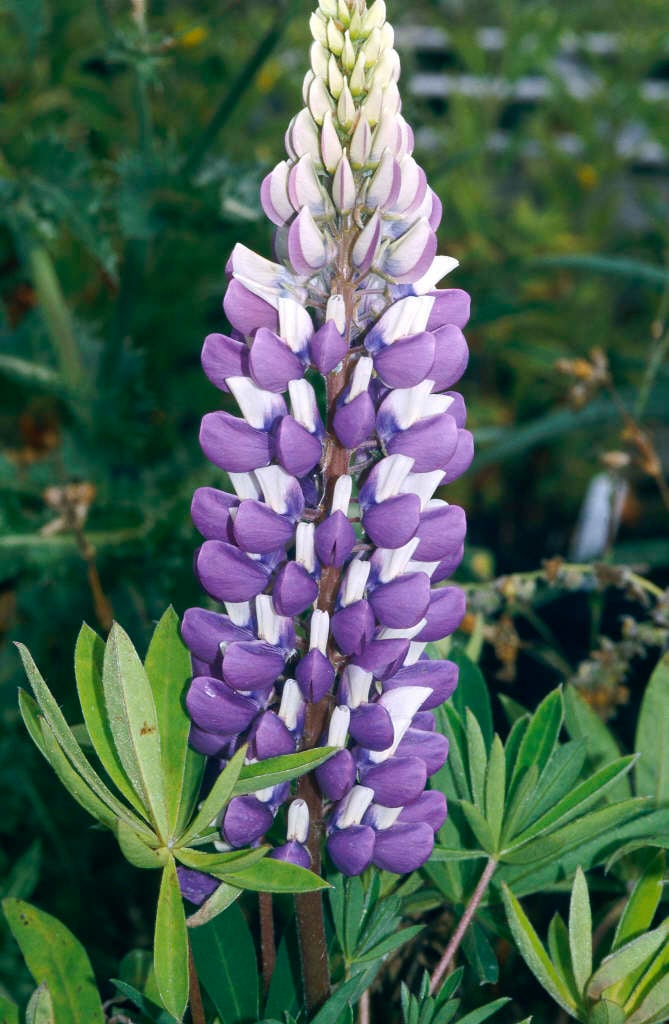Lupinus Band of Nobles Series
lupin Band of Nobles Series
Robust biennials or short-lived perennials with erect racemes of fragrant flowers in shades of blue, pink, cream, red and yellow, some bicoloured, in early summer
Size
Ultimate height
1–1.5 metresTime to ultimate height
1–2 yearsUltimate spread
0.5–1 metresGrowing conditions
Moisture
Well–drainedpH
Acid, NeutralColour & scent
| Stem | Flower | Foliage | Fruit | |
| Spring | Green | |||
|---|---|---|---|---|
| Summer | Blue Cream Pink Red Yellow | Green | ||
| Autumn | ||||
| Winter |
Position
- Full sun
- Partial shade
Aspect
North–facing or South–facing or East–facing
Exposure
Exposed or Sheltered Hardiness
H5Botanical details
- Family
- Fabaceae
- Native to GB / Ireland
- No
- Foliage
- Deciduous
- Habit
- Clump forming
- Potentially harmful
- Harmful if eaten. Wear gloves and other protective equipment when handling. TOXIC to pets if eaten (dogs, cats, rabbits, tortoises) - see the HTA guide to potentially harmful plants for further information and useful contact numbers
- Genus
Lupinus can be annuals, perennials or shrubs, with palmate leaves and showy terminal racemes of pea-like flowers
- Name status
Accepted
How to grow
Cultivation
Grow in moderately fertile, humus-rich, light, moist but well-drained soil in full sun or light, dappled shade
Propagation
Propagate by seed sown in situ in late spring or in seedbeds and transplanted to final flowering site in autumn
Suggested planting locations and garden types
- City and courtyard gardens
- Cottage and informal garden
- Flower borders and beds
Pruning
Deadhead to encourage a second flush of flowers
Pests
May be susceptible to slugs and lupin aphid
Diseases
May be susceptible to powdery mildews, rots, a leaf spot and a virus
Get involved
The Royal Horticultural Society is the UK’s leading gardening charity. We aim to enrich everyone’s life through plants, and make the UK a greener and more beautiful place.
